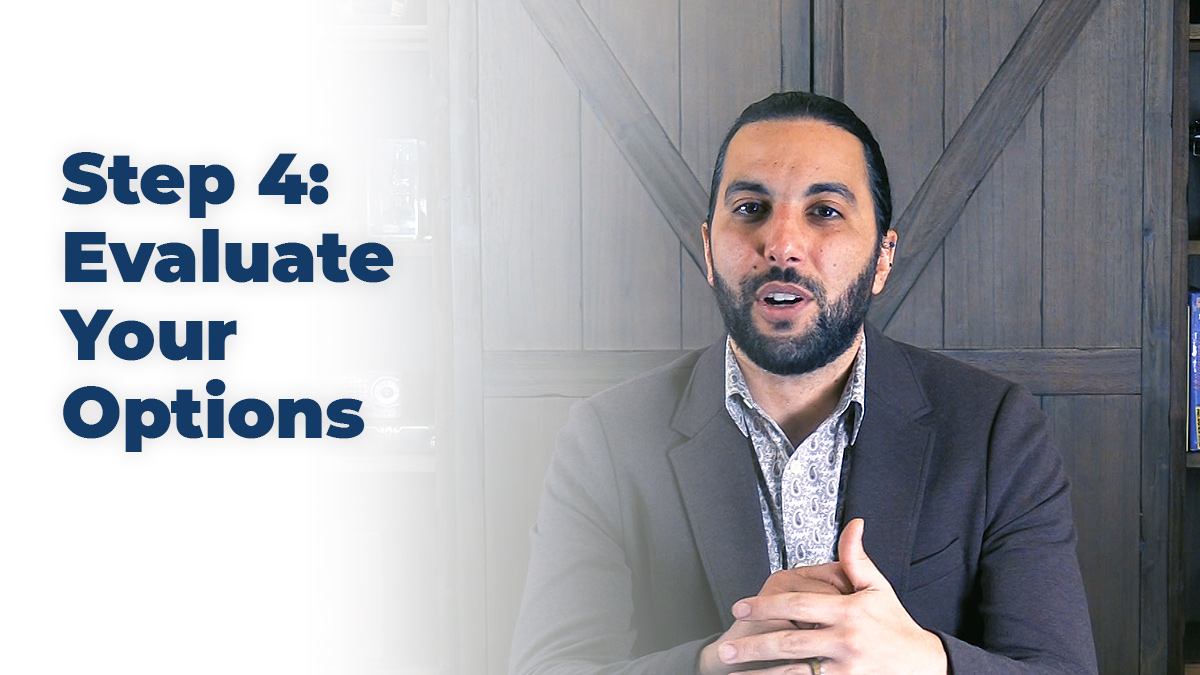
Though both fixed and adjustable rate loans are available, the current low interest rate environment means that it’s going to make sense for the majority of borrowers to choose a fixed rather than adjustable rate mortgage.
Given that fact, your next decision will be whether you want to go with a 30-year, 20-year, or 15-year fixed rate loan. In general, the longer the loan term, the lower your monthly payment and the shorter the loan term, the less interest you’ll pay over the life of the loan. Loan terms also affect interest rates, with shorter terms typically yielding lower rates.
See How Easy it is to Get Your Custom Rate!Watch Now
Which refinance option should you choose?
For example, let’s say your home appraises at $300,000 and you have $100,000 in equity. You need a new mortgage of $200,000, and you’re offered a 30-year fixed rate loan at 2.5% or a 15-year fixed rate loan at 2.3%.
Your monthly payment on the 30-year fixed will be $790. The total cost of the mortgage over those 30 years will be $284,487. If you go with the 15-year fixed, the monthly payment jumps to $1,315 but the total cost of the mortgage falls to $236,670.
The 30-year term offers a significantly lower monthly payment, which could be important if you need to qualify with a higher debt-to-income ratio or think your income may be reduced in the future. However, if you expect your income to go up in the future or have a budget right now that comfortably allows for the higher payment, choosing the 15-year term will ultimately save you $47,817 in interest.
When choosing the right loan for your circumstances, your mortgage professional will be a valuable resource. He or she can help you evaluate your options based on the factors already discussed as well as how long you intend to stay in your home, whether you qualify for government loans from the FHA or VA, and more.
